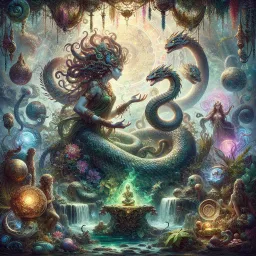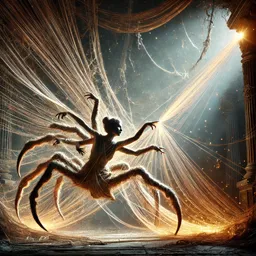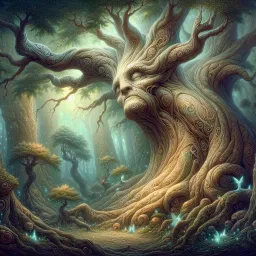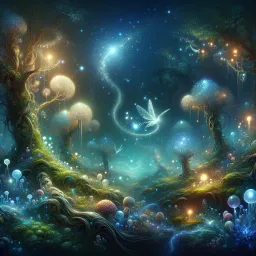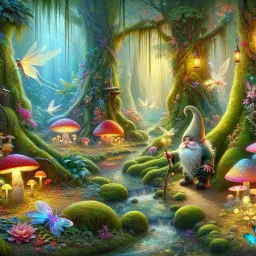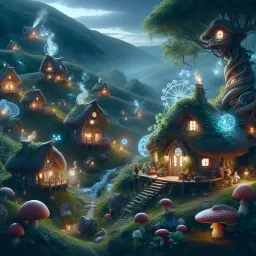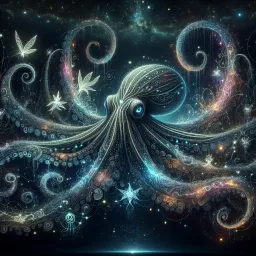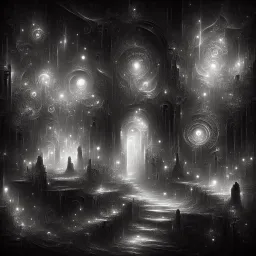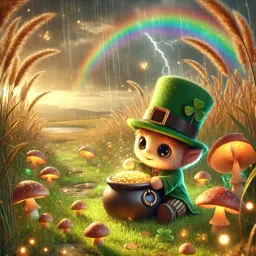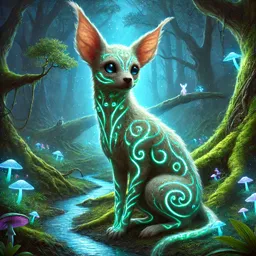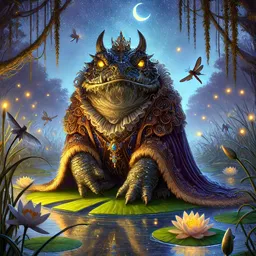Magmin Name Generator
Examples of Magmin Names:
Click to copy!
- Cinderflame Emberforge
- Blazewrought Emberglow
- Magmawrath Scoriaheart
- Lavaforge Flamepact
- Pyrothrax Embercrust
In the grand tapestry of epic fantasy, one cannot ignore the unique, fiery beings known as magmins. For centuries beyond counting, they have carved their niche into the dank recesses of our understandings, their existence poking at the curious minds of those enchanted by the arcane and the supernatural. They evoke a contrasting image of fear and fascination, of chaos and luminance, seamlessly woven into one. A bizarre amalgamation of fire, rock, and child-like innocence, these capricious small-sized elementals harken from a world draped in flame, the <a href="/elemental">elemental</a> Plane of Fire.
Like a bead of quicksilver in sympatico with a hypnotizing flame, the magmin embodies the unpredictable nature of fire—the embodiment of cataclysmic beauty. Their forms, though primarily humanoid in look, are tracework mosaics of molten rock and fire, capable of changing whimsically, like the flame of a lamp flickering in a capricious night breeze. Their bodies glow with an internal furnace, radiating otherworldly heat that sizzles and pops like the surface of fresh lava.
Yet, despite their volatile appearance, one puzzle that often bewilders scholars of the arcane arts is the unpredictably playful nature of these fire-kindled jesters. Magmins exhibit an innocent delight in their fiery existence, comporting themselves with childlike demeanor, curious, vibrant, and most often non-malicious. They rush, they tumble, they cackle, entirely heedless of the combustion and conflagrations they leave in their wake.
Yet, in this dichotomy of innocence and destruction lies their true terror. For a magmin touched is a touch akin to annihilation; an embrace by their fiery magma skin is an invitation to violent combustion. Their mere presence is enough to start raging fires, allowing them an inadvertently destructive and chaotic existence.
Magmins, despite their destructive tendencies, follow no evil intent, nor seek to cause willful discord. They are merely children of fire, living embodiments of their home plane—radiant, tempestuous, beautiful in their peculiar way, and indifferent to the devastation they often unwittingly cause. The caution they instill in us is a stark reminder of the conundrum of fire itself: as mesmerizing and beautiful as it can be, it is equally devastating and uncontrollable.
